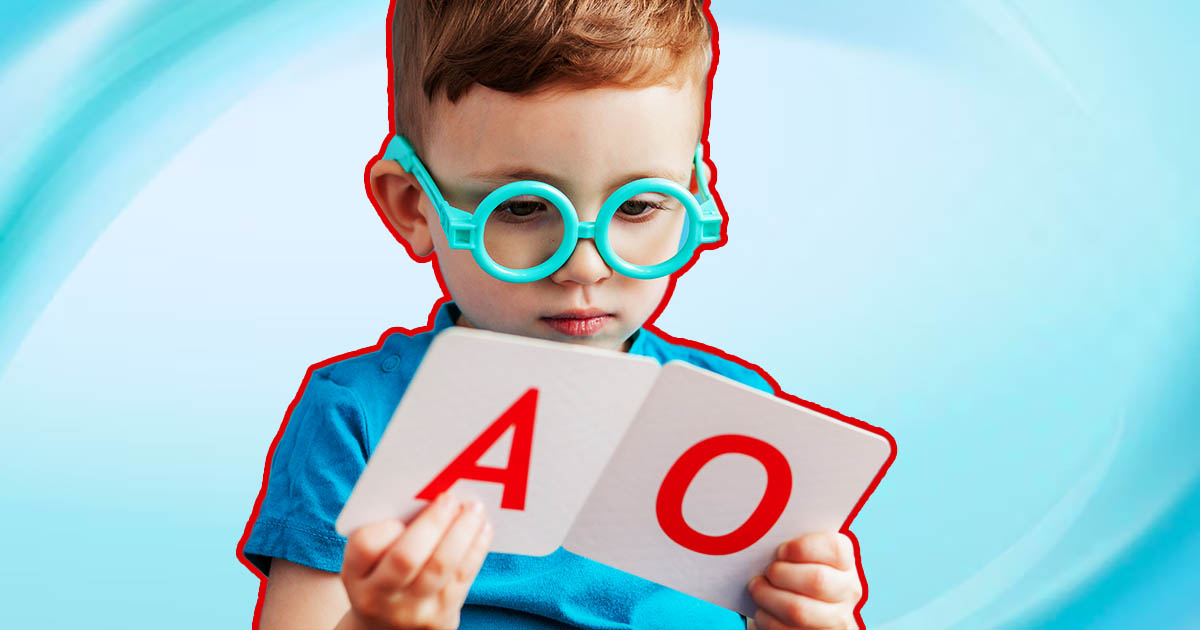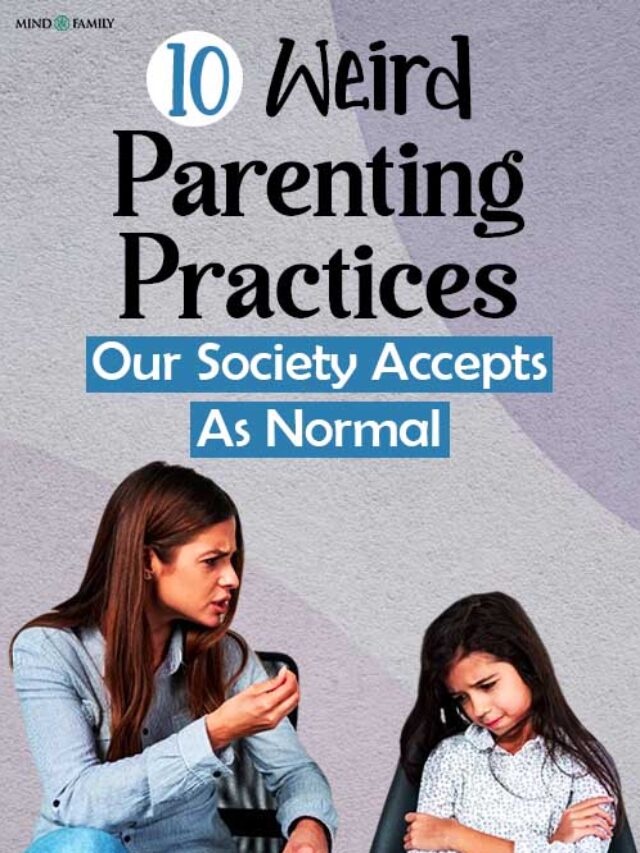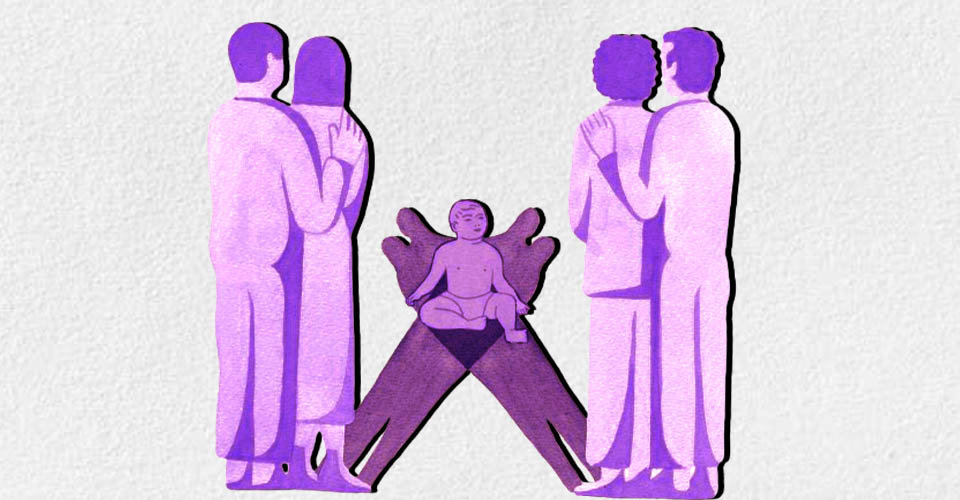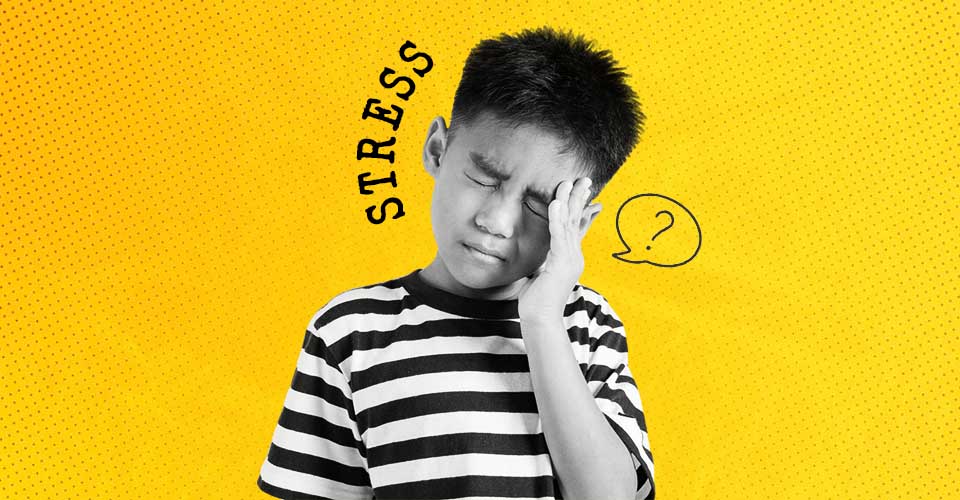Caregivers, educators, and parents need to know about this learning difference and how to help a child with dyslexia.
By the year 2023, dyslexia remained a major learning disorder affecting children globally. This is roughly calculated to be around 780 million people all over the world based on the global population (1 out of every 10).
These include those who have been officially diagnosed with it, others whose condition has not been diagnosed, and some who were misdiagnosed. Specifically in the US alone, more than forty million children are reported to have dyslexia but only two million of them have received a diagnosis of it. The estimated prevalence among US school-aged kids is around 20%.
In this article, we shall examine types of dyslexia symptoms common in children, discuss its possible reasons, and give effective recommendations to parents concerning their kids’ academic prosperity and emotional life.
What are Some Common Dyslexia Symptoms In Kids?
Dyslexia is a learning disorder that affects someone’s reading, writing, spelling and sometimes speaking. Learning about dyslexia symptoms will better enable you to learn how to help a child with dyslexia.

While it must be noted that dyslexia may not affect every individual in the same way, some common dyslexia symptoms may be seen in children:
1. Reading Difficulties:
Children who have dyslexia may find it hard to read which results in issues with decoding words, recognizing sight words, and becoming fluent readers. These problems can restrict their academic growth as well as make them less confident about any literacy-related assignments which also affects their general educational experiences.
2. Writing Challenges:
Writing difficulties can stem from spelling difficulties, grammar errors, punctuation mistakes, or just overall written expression. Children may become frustrated by this problem because they cannot express themselves coherently on paper resulting in hating writing tasks. This problem denies them an opportunity to communicate effectively and express their thoughts.
3. Phonological Awareness Issues:
A distinguishing characteristic of dyslexia is poor phonological awareness i.e., understanding and manipulating word sounds, particularly among children. As such kids will find difficulty in rhyming for instance; segmenting speech sounds within words or blending sounds to form words. Their ability to decode new words may be impaired by these difficulties hence affecting their reading development.
4. Memory and Retrieval Problems:
Working memory and retrieval of information are often affected in dyslexics. In both oral and written settings, children might fail to remember particular terms, sequences of letters, or instructions given earlier on. Such memory and retrieval troubles contribute to slow performance at school leading to frustrations as well as feelings of incompetence among students.
5. Emotional and Behavioral Impacts:
Children who have dyslexia can suffer greatly from it. In most cases, these are frustration, low self-esteem, anxiety, and avoidance behavior which arise as a result of school challenges. Without the right kind of help and understanding, these emotional difficulties worsen dyslexia’s effect on the child’s overall quality of life as well as academic performance.
It is noteworthy that the severity and presentation of dyslexia varies widely; thus, not all children will exhibit all symptoms. Additionally, early intervention for children with dyslexia along with appropriate support is important when learning how to help a child with dyslexia.
If you suspect that your child may be suffering from dyslexia you must seek an assessment or professional advice from qualified individuals like educational psychologists or special educators.
What Causes Dyslexia In Children?
The reasons behind what causes dyslexia are not completely known, but researchers think that it is caused by both genetic and environmental factors. Knowing what causes dyslexia will allow you to develop strategies on how to help a child with dyslexia.

These are five important facts on the potential causes of this condition in children.
1. Genetic Factors:
It runs in families implying that there is a genetic component to it. It has been discovered which specific genes are associated with dyslexia even though it is complex and involves multiple genes in its inheritance pattern. Children whose families have had cases of dyslexia before have a higher chance of suffering from the same too.
2. Brain Differences:
Neuroimaging studies show differences in brain structure and function between people with and without dyslexia. They focus mainly on language processing areas such as the left hemisphere’s language centers where these differences are mostly found. Reading problems and poor language skills may be related to how the brain handles auditory or visual information differently.
3. Phonological Processing Deficits:
Dyslexia can impair phonological processing, which means recognizing sounds in words as well as manipulating them. People who suffer from reading difficulties because of this disorder were found to have weak deficiencies in phonological awareness, phonological memory, & rapid automatized naming abilities.
4. Environmental Factors:
However, genetics play a role, environmental factors also contribute to the development of dyslexia. Possible causes include maternal alcohol smoking during pregnancy or prenatal exposure to lead while younger siblings can often also be exposed through household dust or soil and/or toys made with leaded paint; and other sources such as certain jobs (e.g., smelting or refining metals).
5. Educational Experiences:
Lastly, children sometimes receive inadequate or inappropriate reading instruction that compounds their difficulties if they happen to be predisposed to developing dyslexia at any point later on down life’s road.
Consequently, early inclusion into literacy activities and high-quality evidence-based reading interventions can help ameliorate the consequences of dyslexia for learners themselves whereas failing to act promptly enough could result in lifelong reading and academic problems.
Dyslexia is a complex disorder that results from a combination of genetic predisposition, brain differences, and environmental factors. This knowledge can be used to facilitate early identification of this condition as well as its intervention and subsequent support; thus enabling children with this disorder to cope academically as well as socially.
How To Help A Child With Dyslexia?
Helping a child with dyslexia means recognizing how unique the individual is and using appropriate strategies to ensure success.

Here are five pieces of advice that will help parents how to help a child with dyslexia:
1. Early Intervention and Assessment
Get professional assessment and diagnosis done as soon as possible if you suspect your child has dyslexia. Early intervention can make a sizeable difference in developing the key skills and strategies for overcoming challenges faced by children with dyslexia.
Engage educators, psychologists, and other specialists to come up with an individualized support plan that suits your child.
2. Multisensory Learning Techniques
Focus on multisensory learning techniques involving many senses like sight, sound, touch, and movement. Have materials and activities that enable your child to learn through hands-on experiences, and visual aids among others.
For instance, multisensory phonics programs may be used to enhance letter-sound associations as well as boost reading abilities.
3. Structured Literacy Instruction
Argue for structured literacy instruction that provides systematic training in the connections between sounds and letters, phonemic awareness, decoding skills spelling rules as well as comprehension strategies.
Structured literacy approaches involve explicit systematic instructions built around language’s phonological orthographic morphological aspects that reinforce strong literacy abilities among dyslexic children.
4. Provide Emotional Support and Encouragement
Create a caring environment at home where encouragement praise and understanding are offered. Instead of concentrating solely on academic accomplishments, it is important to acknowledge the progress made by one’s kid.
Reassure them that they are not defined by this disability when their strengths interest areas or hobbies are highlighted to them thus building resilience self confidence in such learners who might mistakenly think that intelligence or potential is tied to dyslexia
5. Accessibility and Accommodations:
Advocate for appropriate accommodations and assistive technologies to support your child’s learning needs in the classroom and at home.
This may include allowing your child more time to submit his/her homework, audio recordings of the books and other information, apps that convert speech into text, sitting closer to the teacher in class, or being taught by a specialized teacher.
Therefore, co-work with teachers as well as school management ready to grant them adequate services to succeed academically.
By adopting these techniques consistently and providing assistance continuously parents can help their dyslexic children overcome the challenges they face thereby helping themselves feel confident about their academic performance.
However, you must keep up-to-date communication with your child’s teachers and professional therapists so that you can follow on progress made while also adjusting supports.
A Word From Mind Family
As we wind up our exploration of how to help a child with dyslexia, it’s crucial to acknowledge the fact that every child is different.
At Mind Family, we comprehend the significance of intervening early, providing personal support, and acting as advocates for children with dyslexia and their families.
Through incorporating evidence-based strategies at schools and home settings, creating an enabling environment that supports students’ needs, and advocating for accessibility, we can be able to make children with dyslexia progress academically as well as socially and emotionally.
Let us therefore partner together in acknowledging their strengths, developing their talents, and guaranteeing that each child accesses the necessary assistance to succeed.
Frequently Asked Questions (FAQs)
1. What are some common dyslexia symptoms?
Common dyslexia symptoms include reading difficulties, writing challenges, phonological awareness issues, memory and retrieval problems, and emotional impacts like frustration and low self-esteem.
2. What causes dyslexia in children?
Dyslexia’s causes are multifaceted, including genetic factors, brain differences, phonological processing deficits, environmental influences, and educational experiences.
3. How to help a child with dyslexia?
Supporting a child with dyslexia involves early intervention, multisensory learning techniques, structured literacy instruction, emotional support and encouragement, and advocating for accessibility and accommodations in both home and educational settings.


















Leave a Reply